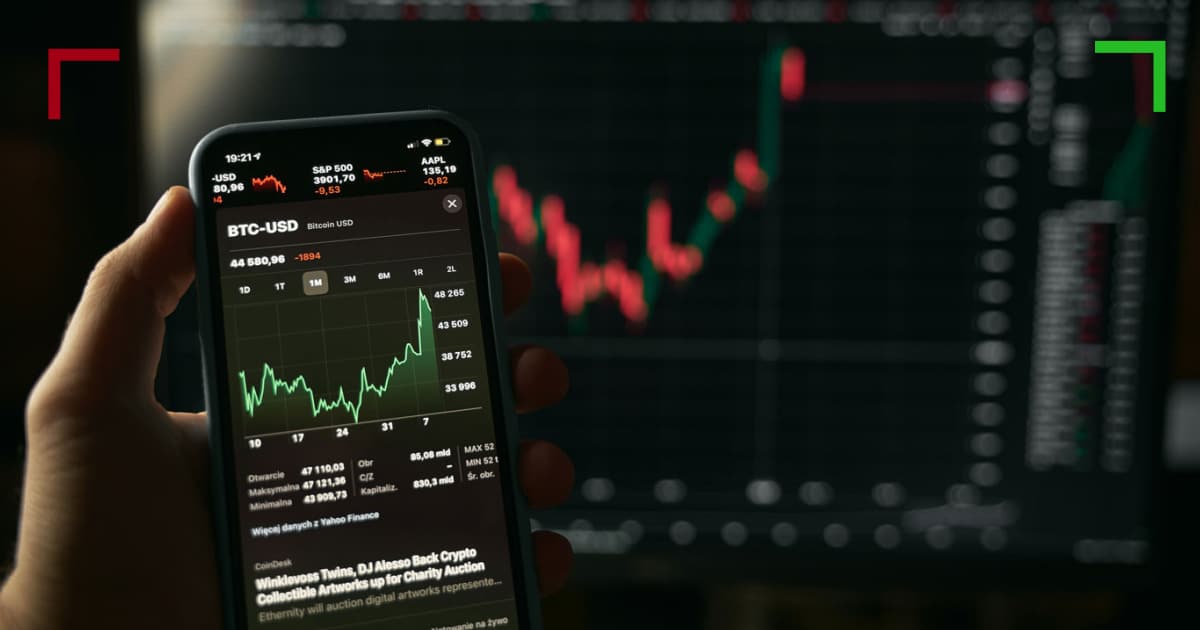
Understanding Crypto Trading Charts
In the dynamic world of cryptocurrency trading, charts play an essential role in helping traders make informed decisions. By using Crypto Trading Charts click here various types of charts, traders can analyze price movements, identify patterns, and formulate strategies. This article aims to unravel the intricacies of crypto trading charts, delve into different types available, and provide practical tips for utilizing them effectively.
What Are Crypto Trading Charts?
Crypto trading charts are visual representations of the price movements of cryptocurrencies over time. These charts are crucial for traders as they help illustrate market trends, potential reversals, and areas of support and resistance. Specifically, they showcase how the price of a cryptocurrency changes in response to various market factors including buyer and seller behavior, market sentiment, and relevant news events.
Types of Crypto Trading Charts
There are several types of trading charts that traders can utilize in the crypto market. The most common types include:
1. Line Charts
Line charts are the most straightforward and easiest to understand. They represent the closing prices of a cryptocurrency over a specific period, connecting those points with lines. While line charts provide a good overview of price trends, they often lack detailed information on price fluctuations within the specified timeframe.
2. Bar Charts
Bar charts offer more information compared to line charts. They display the open, high, low, and close (OHLC) prices for a specific period. Each bar represents one time period (e.g., an hour, day, or week) and provides insights into price movement during that time. This additional detail helps traders identify potential entry and exit points for trades.
3. Candlestick Charts
Candlestick charts are widely favored by traders due to their rich information display. Each candle represents a specific timeframe and provides information on the open, high, low, and close prices. The body of the candlestick indicates the price movement during the timeframe, while the wicks show the highest and lowest prices. Candlestick patterns can also reveal market sentiment, making these charts a popular choice among technical analysts.
Understanding Chart Patterns
Chart patterns are formations created by price movements on a trading chart. Recognizing these patterns can significantly enhance a trader’s ability to predict future movements. Some of the most common chart patterns include:
1. Head and Shoulders
This pattern often indicates a reversal in trend. The « head » is the highest peak, with two « shoulders » forming lower peaks on either side. A breakout below the neckline confirms a potential downtrend.
2. Double Tops and Bottoms
Double tops indicate a potential reversal from bullish to bearish, while double bottoms suggest a change from bearish to bullish. These patterns occur when the price tests a resistance or support level twice before reversing.
3. Flags and Pennants

These patterns indicate a continuation of the existing trend. Flags appear as small rectangular boxes that slope against the prevailing trend, while pennants are formed after a sharp price movement, resembling a small triangle.
Using Indicators with Trading Charts
Indicators are mathematical calculations based on price and/or volume that help traders analyze charts. They can give insight into market conditions and assist in making trading decisions. Some commonly used indicators include:
1. Moving Averages
Moving averages smooth out price action by averaging past prices. They are used to identify trends and potential reversals. The Simple Moving Average (SMA) and Exponential Moving Average (EMA) are two popular types.
2. Relative Strength Index (RSI)
The RSI measures the speed and change of price movements. It ranges from 0 to 100 and is used to identify overbought or oversold conditions. An RSI above 70 typically indicates that the asset is overbought, while an RSI below 30 suggests it is oversold.
3. Moving Average Convergence Divergence (MACD)
The MACD is a trend-following momentum indicator that shows the relationship between two moving averages of an asset’s price. It can help traders identify potential buy and sell signals.
Developing a Trading Strategy
Utilizing crypto trading charts effectively requires a solid trading strategy. Here are some steps to develop an efficient approach:
1. Define Your Goals
Understanding your trading goals is crucial. Are you looking for short-term gains, or are you focused on long-term investment? Your goals will significantly influence the strategies you choose.
2. Conduct Thorough Research
Market research allows traders to stay informed about cryptocurrency market news, upcoming events, and technological advances. This research can help traders anticipate market movements and make informed trading decisions.
3. Backtest Your Strategy
Backtesting involves applying your trading strategy to historical data to see how it would have performed in the past. While past performance does not guarantee future results, testing can provide valuable insights into the potential effectiveness of a strategy.
4. Manage Your Risk
Effective risk management is essential in crypto trading. Traders should determine their risk tolerance and adjust position sizes accordingly. Using stop-loss orders can also help protect against significant losses.
Conclusion
Crypto trading charts serve as powerful tools for traders to analyze market movements and make informed decisions. Understanding the various types of charts, recognizing chart patterns, and utilizing indicators can significantly enhance your trading strategy. With practice and thorough analysis, traders can leverage these charts to navigate the volatile crypto market successfully.
